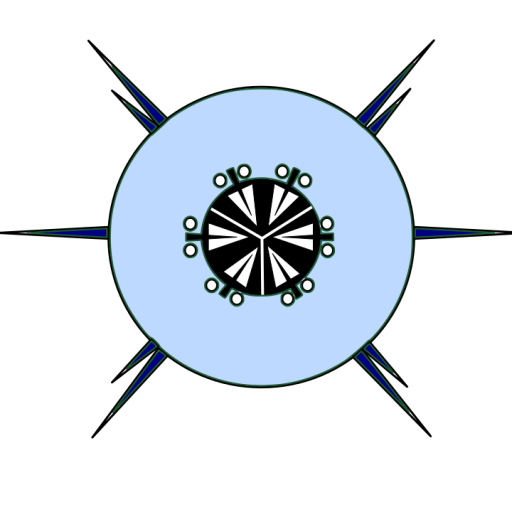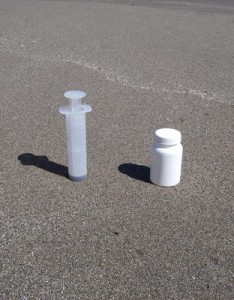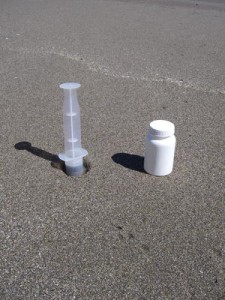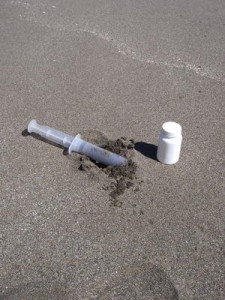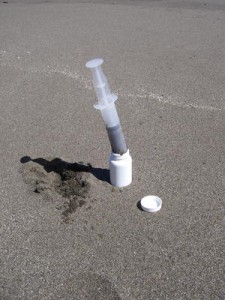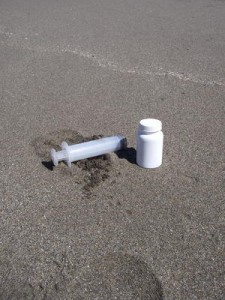Quantitative sampling of exposed sandy beaches is best achieved using a piston corer. Piston corers can be easily made by cutting the end off a plastic syringe. The distribution of meiofauna is usually highly heterogeneous, therefore, a large number of small samples is preferable to a small number of large samples. This of course needs to be balanced against the logistics of available sampling time, transportation, and processing time. I typically take 50 ml samples with 5 replicates, though this can and will be modified depending on the requirements of the hypothesis being tested. The method for collecting the samples using a piston corer is illustrated below.
